Incubating future movements in travel and culture
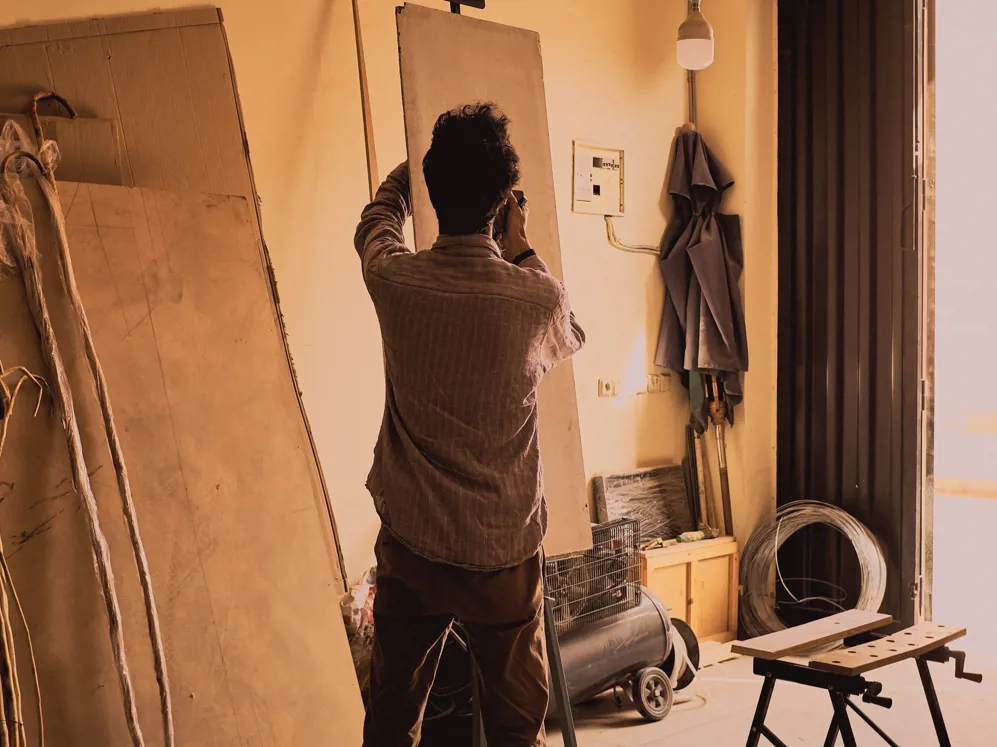
Words Emily McDermottImages Daniel Lober
Although they’re from two different generations, Moroccan artists Loutfi Souidi and Mohamed Arejdal want the same thing: to forge an artistic path forward that honors their country’s history yet simultaneously embraces the contemporary world. The two first started working together when Souidi assisted Arejdal during the preparations for his solo exhibition “Ressala” at Comptoir des Mines Galerie in Marrakech in 2019; flash forward one year later and Souidi then found himself borrowing tools from and creating work at Arejdal’s studio during his residency at La Pause. On the occasion of Further Marrakech, Souidi and Arejdal sat down with us to speak about the development of Morocco’s art scene, finding a balance between the past and the present, and the differences between artists and artisans—or rather, the lack thereof.
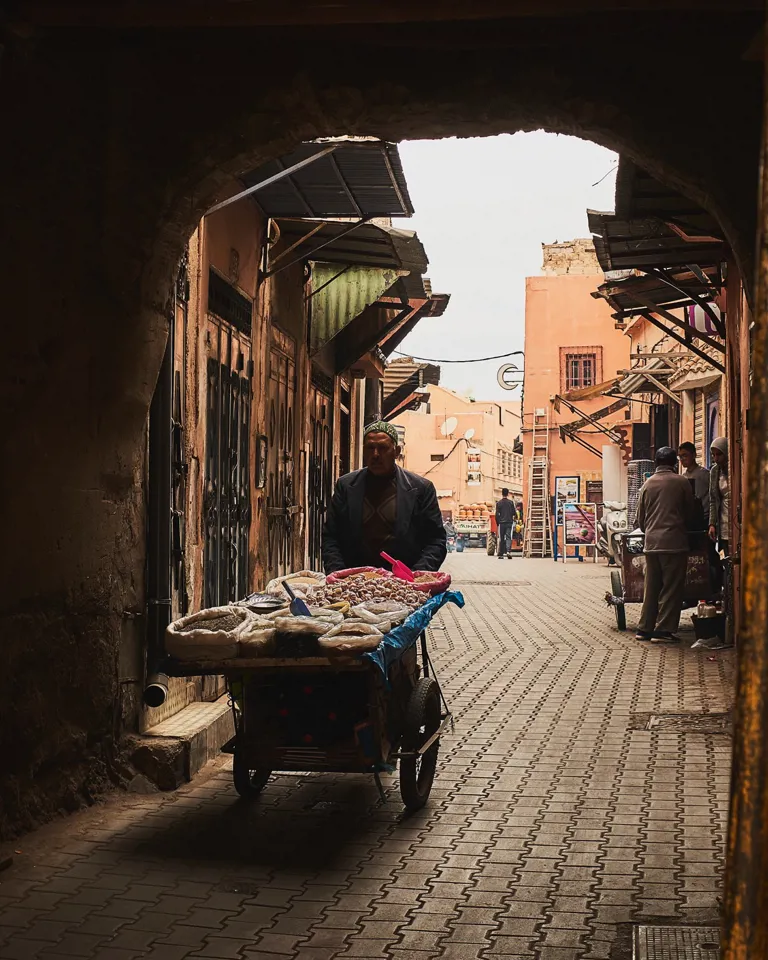
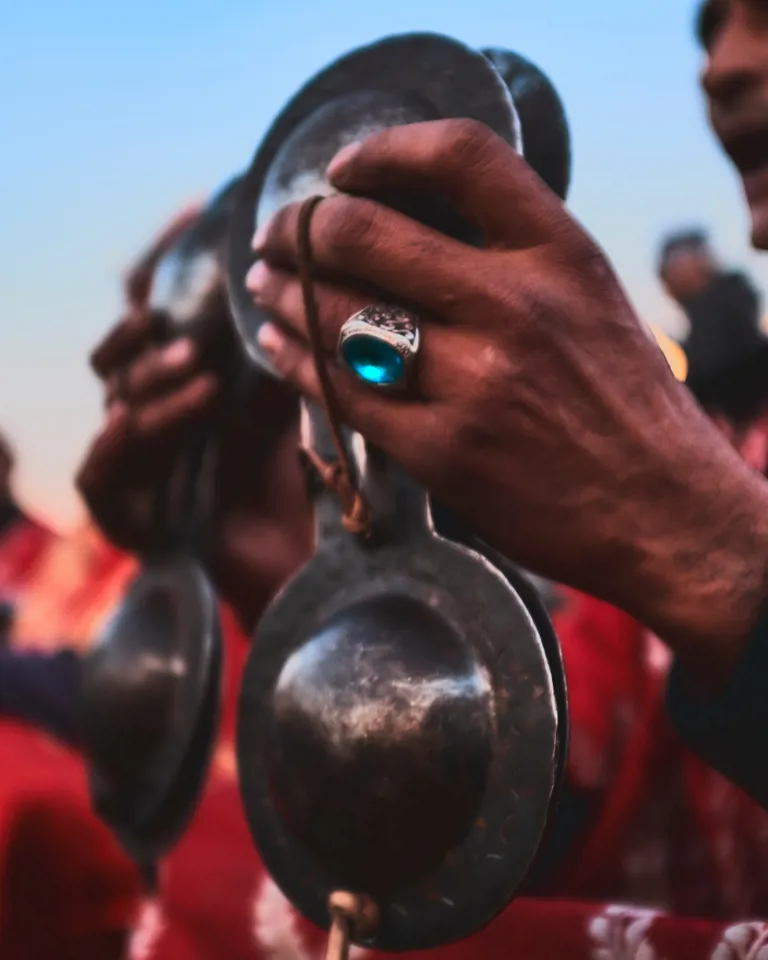
Mohamed Arejdal: Casablanca used to be the center of art in Morocco and then Rabat came into play. There are many different things that brought Marrakech into the conversation, but one of the biggest pushes came from the Marrakech Biennale, followed by the 1-54 Contemporary African Art Fair. However, the real engine behind everything is the economy, and the economy in Marrakech is built on tourism. People earn their living through tourism and the geopolitical decisions here are based on helping tourism-related businesses. Therefore, the art scene in Marrakech is also built on the dynamics of tourism, and I don’t think there would be an art scene here if it wasn’t for tourism.
Loutfi Souidi: I recently graduated from the art school in Tetouan and I can say that Marrakech has become the best city in Morocco for young artists. There are so many international opportunities and a lot of artists also visit from abroad.
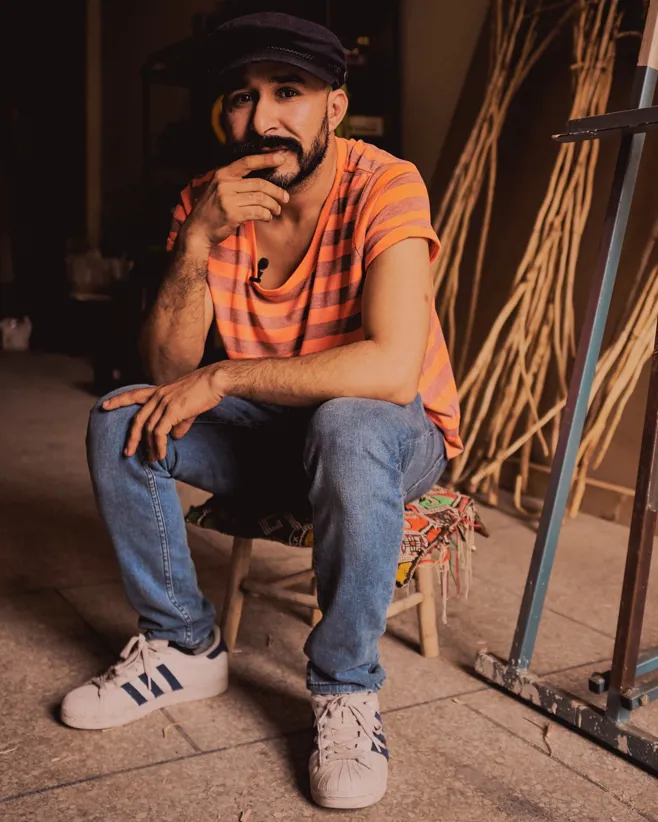
Mohamed Arejdal, artist
MA: In general, artistic practices right now prioritize ideas over aesthetics. The beauty of the idea comes before the physical appearance. Everyone is working individually, but there is also a new collective consciousness: We know we can create artworks that respect universal norms, but we also know we can imbue these norms with our Moroccan identities, cultures, and traditions.
LS: The universal norms are interesting to think about, because I think art made in North America and Europe has a very universal aesthetic. As a younger artist, I am interested in that, but I’m also interested in my context—where I live, our traditions, our culture. In Morocco, there is currently a lot of change that is really affecting younger generations of artists, including myself. We’re trying to find a balance between the traditional side of Morocco and the contemporary, or modern, way of thinking.
MA: But we also can’t forget that most of the time traditional ways of thinking and modernity don’t mix [in our society]. There are still people who operate extremely traditionally and others very modernly. We need to develop in a way that allows us to face reality, which includes both tradition and modernity, and to remember history but also look forwards—and this requires a lot of effort.
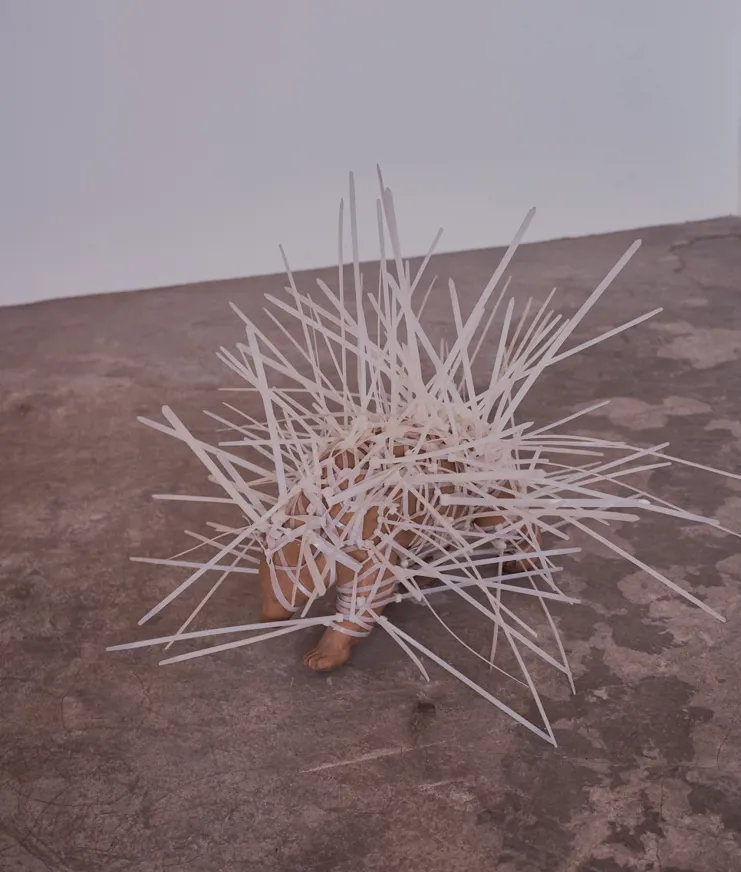
During his residency at La Pause, Loutfi Souidi created sculptures inspired by animals in the natural landscape.
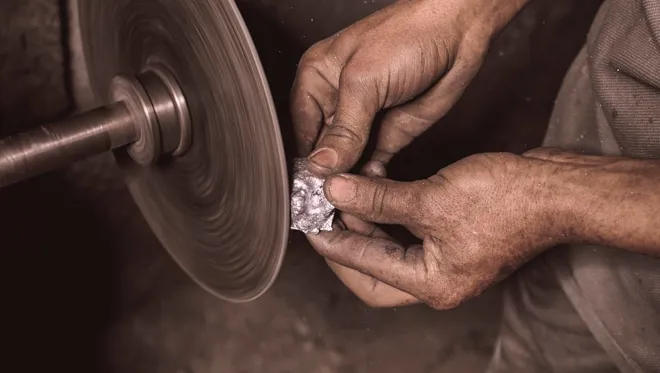
Moroccan artisans are specialists whose skills have been passed down over generations.
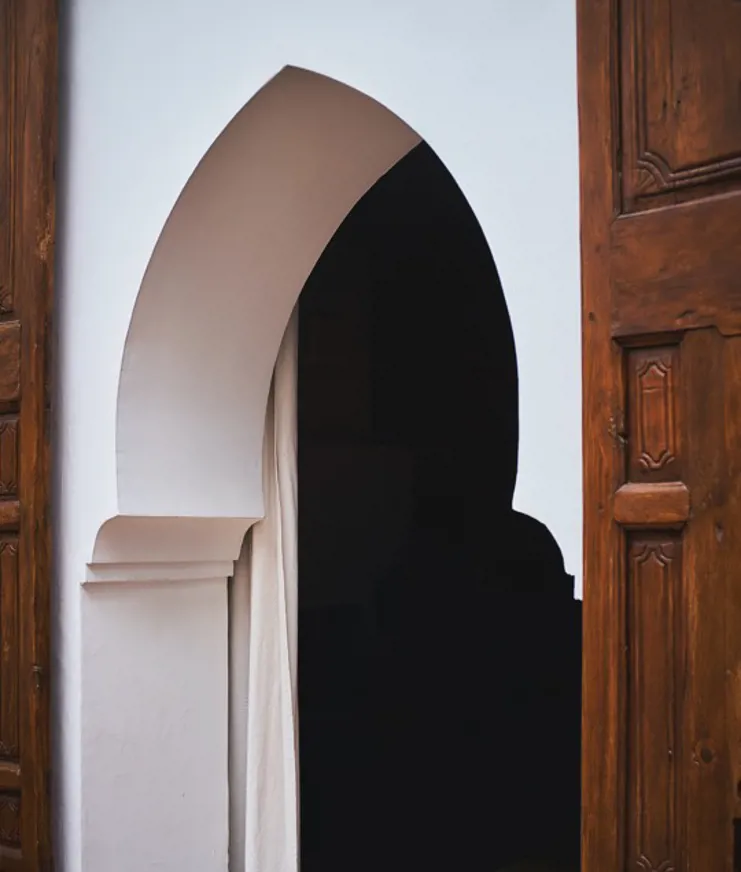
Pointed horseshoe, or "moorish," arches play a prominent role in Moroccan architecture.
MA: Artists need to make an effort to discover and understand their decisions, to understand what they want, and in what form they want it. They also need to understand the context in which they’re working, the places in which they exhibit, and which kind of audience they wish to have. In regard to forms, carpets are a good example: Does an artist want to hang it on a wall because that’s what foreigners do, or does it serve a specific purpose being on a wall instead of the floor? An artist should focus on what is local and what matters to them, and with time it will follow what’s going on in the greater world. Not the other way around.
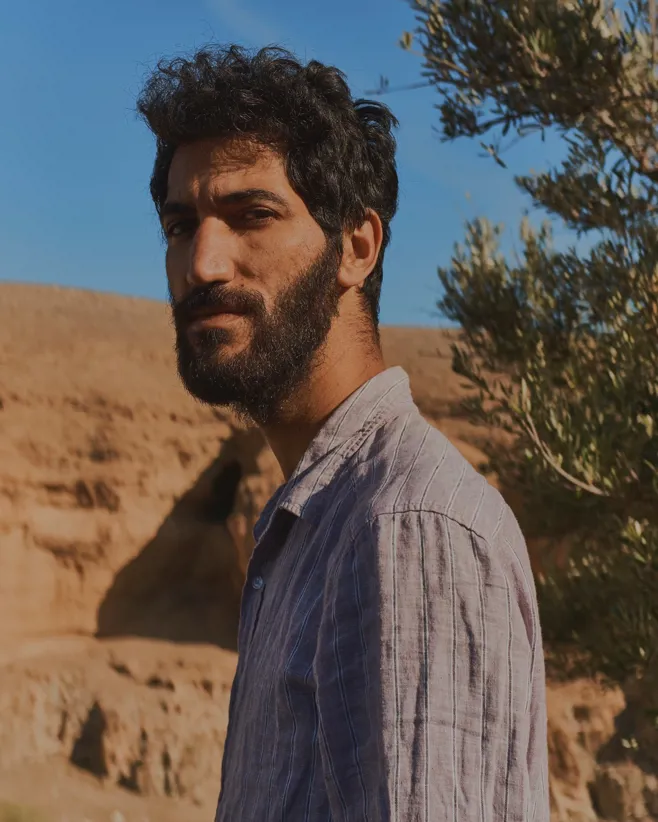
Loutfi Souidi, artist
MA: Concurrent to the 1-54 fair, there was also an event called “Malhoun 2.0,” which was full of stands showcasing works by both what you might call “artists” and “artisans.” There was no actual difference between 1-54 and Malhoun, but there are Western standards that say one thing is art and the other is craft. The problem is that throughout history Moroccans didn’t have the term “artist.” The creator always existed, just like in every other society, but in Morocco, we always said that a person is a good “maker,” that they are a “master.” And then there were the disciples of the master. “Art” entered our vocabulary through colonialism, and if you want to be a good creator by western standards, you have to fit the mold and follow the rules. So, the colonizer came and imposed their rules and we started practicing what is called “fine arts.” Then the colonizer left when Morocco gained independence in 1956, but their rules and ways of practicing “fine art” stayed. The first gallery that ever existed in Morocco, for example, only exhibited foreigners; if a Moroccan wanted to enter, they had to wear a suit and tie and be like Westerners.
LS: But Arejdal, you actually have a really special relationship with artisans and helped me better understand that they are not artisans, that they are artists, too. When we were working together, you kept saying the artisans are artists, and tourism and Western influences are what continue to separate the artist from the artisan. For example, if an artisan makes a chair, they are not an artisan; they are a designer, and that designer is an artist. To me, the definition of art is creating something beautiful. The basis for being an artist is creation, and both the artist and the artisan create. In other words, if any person creates something beautiful, they are an artist.
Further Marrakech
In collaboration with La Pause Residency, Further Marrakech asked what it means to be an artist or an artisan—and what happens when such practitioners come together in the act of creation.
Further Marrakech
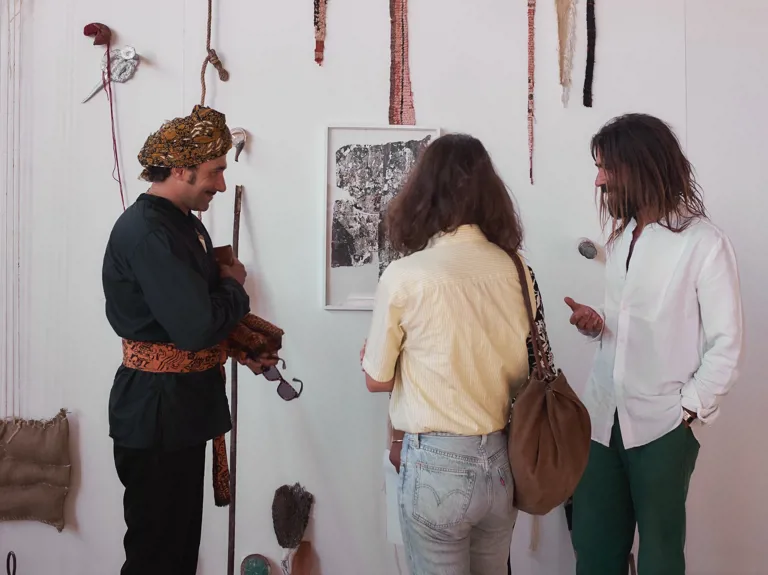
From building hospitals to overseeing large-scale exhibition programming, sharing knowledge is the most important aspect of everything Amine Kabbaj does.
Further Marrakech
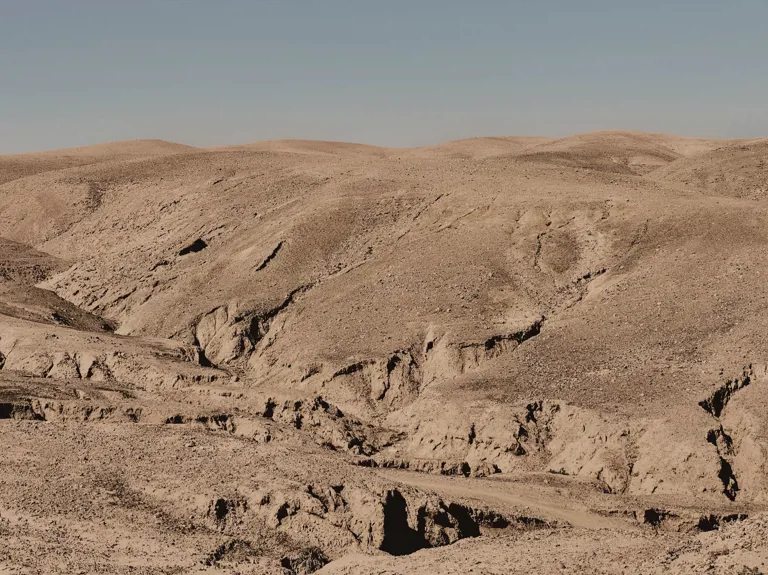
Running in a nearly dried-out riverbed moved Lena Marie Emrich to create glass-plated photographs and bondage-inspired leather sculptures.
Further Marrakech
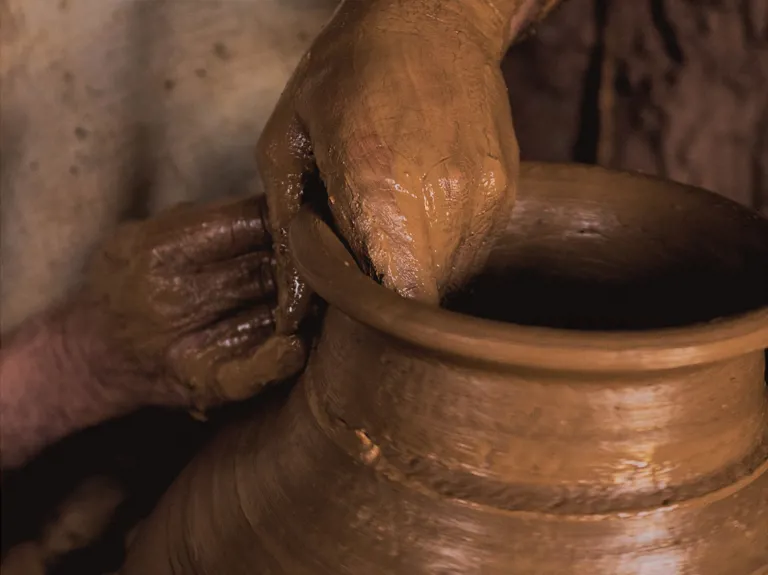
M’Barek Bouhchichi is unlearning the Euro-centric history he was taught in favor of understanding and documenting his country’s context, history, and people through his artistic practice.